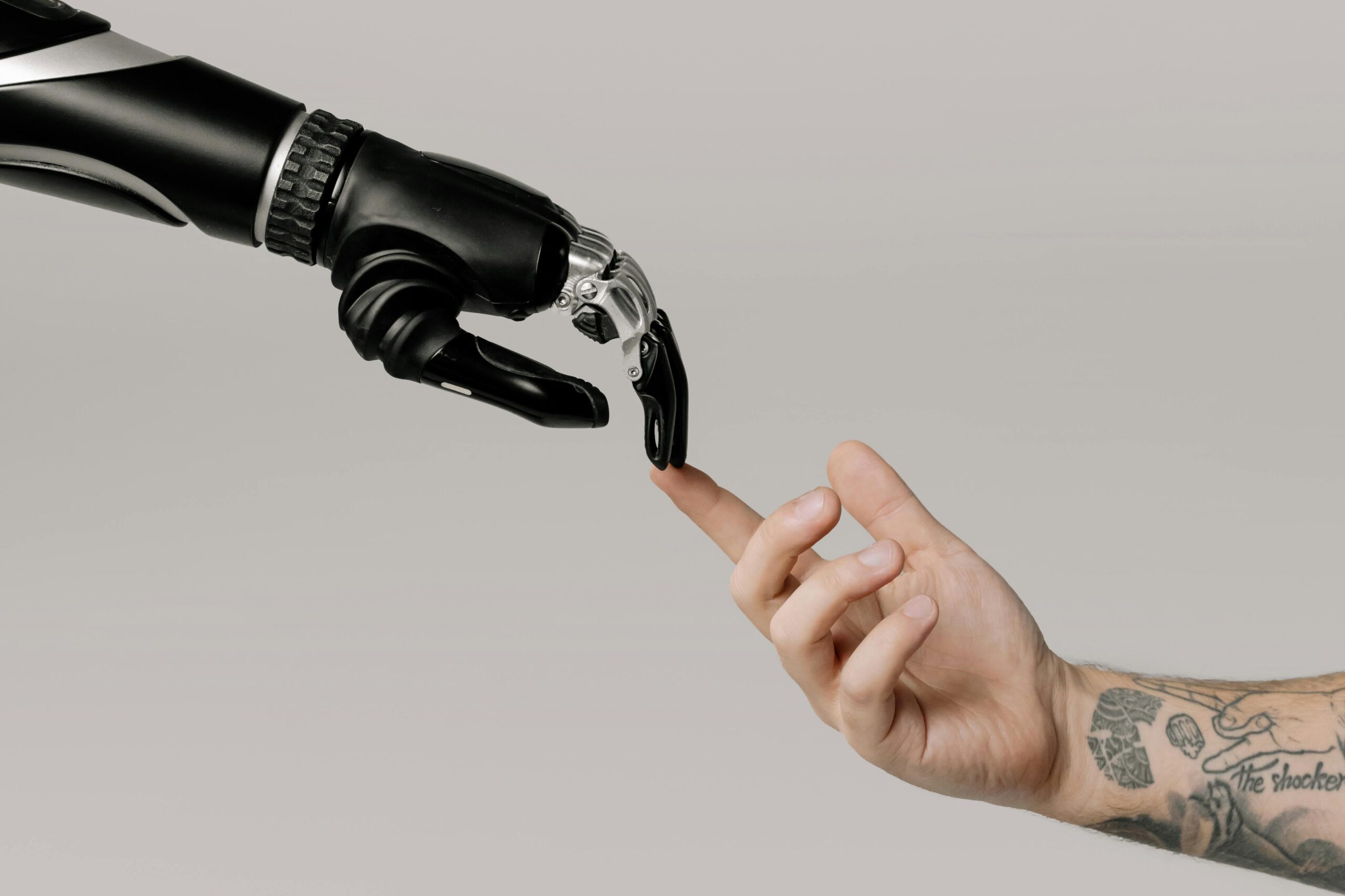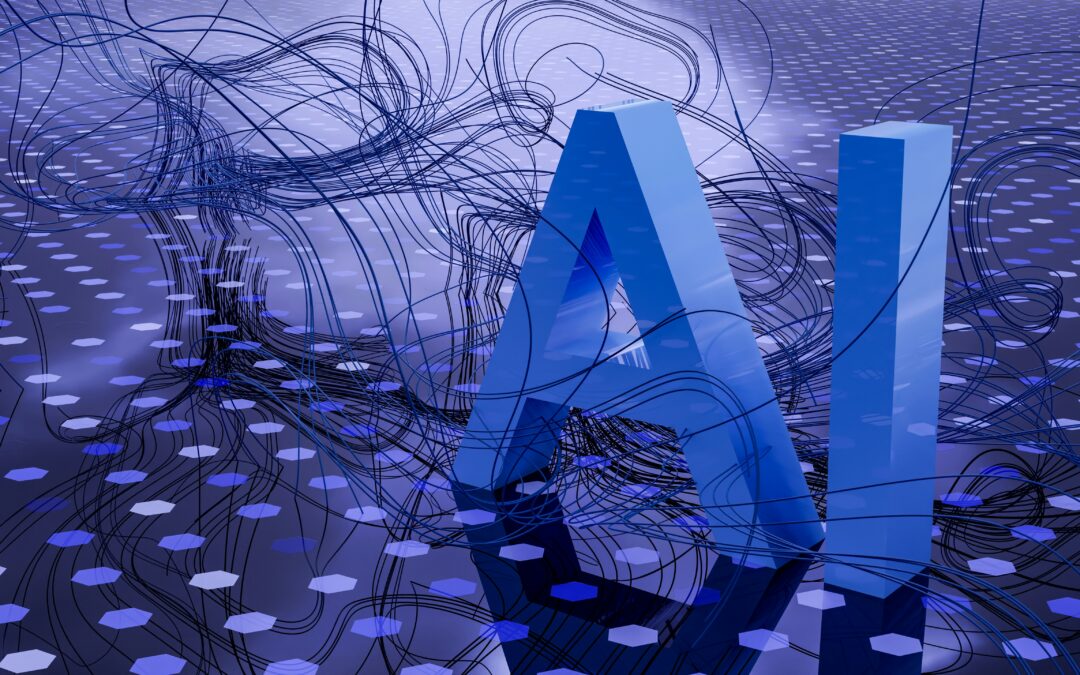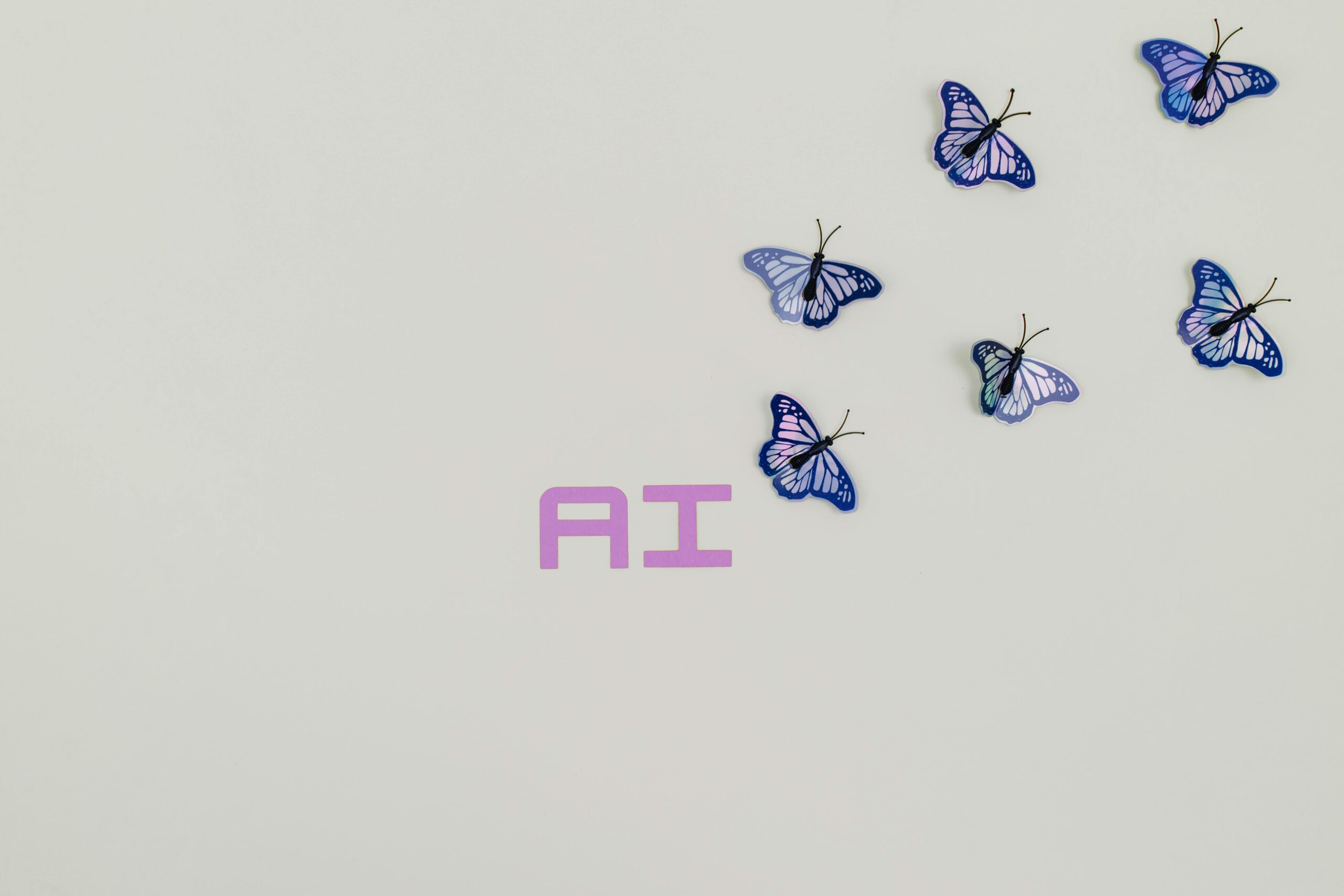Table of Contents
- The Evolving Role of UX Designers
- Table: AI and Human Contributions in UX Design
- Casino UX: Balancing Automation and Personalization
- The Rise of AI in Design
- How AI Tools Are Being Used in UX
- Current Capabilities and Limitations of AI
- AI and Casino Platform Experience Design
- Debunking Myths: Can AI Replace UX Designers?
- Understanding Human-Centered Design
- The Importance of Empathy and Creativity
- AI and Casino UX: Human Judgment Prevails
- Collaboration Between UX Designers and AI
- Enhancing Workflow and Efficiency
- The Designer’s Evolving Skill Set
- Casino Platform Experience: Balancing AI Automation and Human Oversight
- Future Prospects: What’s Next for UX Design Careers?
- Shifting Roles and In-Demand Skills
- Emerging Career Opportunities
- Table: AI Impact on UX Design Core Responsibilities
- Casino Experience Design: AI and Human Oversight
- Conclusion
Everywhere I look these days AI seems to be taking over tasks that once needed a human touch. From writing to designing logos it feels like no job is off-limits. As a UX designer I can’t help but wonder if my role is next on the chopping block.
With AI tools getting smarter and faster it’s tempting to imagine a future where machines handle every aspect of user experience. But I believe the story is more complex than that. The question isn’t just if AI will replace UX designers—it’s about how our work might evolve alongside these powerful new technologies.
The Evolving Role of UX Designers
UX designers’ responsibilities continue to shift as AI handles more routine design tasks. I use AI-driven tools to automate wireframing, generate interface layouts, and analyze user feedback at scale. When AI delivers rapid prototyping, I focus my efforts on research, empathic design, and strategic thinking. Unique human strengths—such as interpreting emotional cues, defining user journeys, and understanding cultural nuances—remain critical to effective product experiences. Recent McKinsey reports show 67% of design leaders using AI for testing but only 22% relying on it for ideation, highlighting a gap AI hasn’t bridged.
When I work with AI, my role expands into orchestration and oversight. I curate and critique AI outputs, ensuring alignment with ethical guidelines and accessibility standards. Communication skills and cross-function collaboration increase in importance as I translate complex insights into product direction for teams. Examples include crafting inclusive onboarding flows for fintech apps and testing gaming platforms with assistive technologies.
Table: AI and Human Contributions in UX Design
| UX Process Element | AI Capabilities | Human Designer Contributions |
| Wireframing | Rapid idea generation | Contextual goal alignment |
| Visual Style | Theme pattern sourcing | Brand voice, emotional resonance |
| User Testing | Automated data collection | Empathy, need discovery |
| Accessibility Review | Code scanning | Holistic context and edge cases |
| Iteration & Feedback | Usage pattern analysis | Experience validation, synthesis |
Casino UX: Balancing Automation and Personalization
I design casino platforms to harness both AI automation and my nuanced understanding of player needs. AI personalizes offers, manages dynamic interfaces, and detects problem gambling patterns in real time. Meanwhile, I ensure visual flow, game accessibility, and the psychological aspects of reward and risk align with regulatory requirements. For example, I review AI-generated layouts for online slot UIs, prioritizing fair play cues and responsible gambling prompts that build user trust. This balance drives higher retention while maintaining ethical standards.
The Rise of AI in Design
AI-driven platforms now power design workflows across industries, transforming tasks and speeding up processes. I work with these systems daily as they push the limits of what automation brings to user experience.
How AI Tools Are Being Used in UX
I integrate AI tools into UX activities to automate repetitive tasks, generate rapid variants, and support user research efforts. Below is a table showing common AI applications in UX design:
| UX Activity | AI Application Example | Benefit |
| Wireframing | Figma Autolayout, Uizard AI | Fast layout drafts |
| User Testing | Maze, PlaybookUX with ML analysis | Accelerated feedback loops |
| Accessibility Compliance | Stark, axe Accessibility | Automated standards check |
| Sentiment Analysis | MonkeyLearn, Google Cloud NLP | Scalable user emotion insights |
| UI Copywriting | ChatGPT, Jasper | Instant content suggestions |
AI lets me shift focus from manual iteration to refining high-level flows, ensuring that solutions stay user-centered.

Current Capabilities and Limitations of AI
AI handles defined, pattern-oriented tasks in UX design, such as layout optimization and data-driven insights. For example, I rely on AI to analyze large feedback sets, find usability trends, and recommend quick experimentations.
However, AI still lacks contextual judgment when interpreting ambiguous user needs, especially in cross-cultural or emotionally nuanced scenarios. Creating innovative concepts, empathizing beyond explicit data, and guiding ethical choices remain firmly in the human domain. According to the McKinsey 2023 Design Report, AI-produced outcomes meet project requirements 44% of the time for front-end interface tasks but just 18% for ideation and creative direction.
AI and Casino Platform Experience Design
I leverage AI within casino platform workflows to personalize content, optimize engagement, and monitor regulatory compliance. The table below summarizes how AI augments but doesn’t replace the nuanced design decisions I make:
| Casino UX Element | AI Role | My Added Value |
| Personalized Promotions | Offer targeting, segmentation | Ensuring responsible gaming cues |
| Dynamic Game Interfaces | Auto-adjust based on behavior | Balancing psychological flow |
| Regulatory Alerts | Risk flagging | Aligning with legal frameworks |
AI provides speed and scale, while I ensure that all experiences align with user trust, compliance, and long-term engagement factors unique to casino platforms.
Debunking Myths: Can AI Replace UX Designers?
AI automates routine UX tasks, but it can’t replicate every part of human-driven design work. My role as a UX designer expands—not contracts—with each AI advancement.
Understanding Human-Centered Design
Human-centered design prioritizes real user needs, values, and motivations. I interpret ambiguous feedback, translate shifting requirements, and recognize subtle user pain points—areas where AI’s capabilities consistently lag. A 2023 McKinsey study observed that 61% of UX leaders believe AI tools have not matched human intuition in identifying root causes in usability testing.
| Capability | AI Performance | Human Designer Performance |
| Usability Issue Detection | 58% | 92% |
| Contextual Analysis | 41% | 89% |
| Emotional Interpretation | 25% | 95% |
The Importance of Empathy and Creativity
Empathy and creativity define the UX process. I connect user emotions and behaviors to craft compelling experiences, while AI tools analyze data without emotional resonance. For example, creating onboarding for first-time gamblers in casino platforms demands sensitivity and novel engagement, guided by years of industry knowledge. AI generates copy or visual variants, but ideation and emotive storytelling require my creativity.
| Process Phase | AI Contribution | Human Value Add |
| Persona Generation | Data Synthesis | Empathy & Cultural Context |
| Interaction Ideation | Variant Creation | Engaging, Distinct Experiences |
| Content Strategy | Text Generation | Tone, Storytelling, Nuanced Messaging |
AI and Casino UX: Human Judgment Prevails
AI customizes casino offers, optimizes layouts, and flags risky behavior patterns, but it doesn’t grasp the full complexity of compliance or player well-being. I ensure that casino UX aligns with legal obligations and upholds long-term trust. Regulatory decisions, adaptive messaging for problem gamblers, and visually inclusive flows all require nuanced understanding.
| Casino UX Task | AI Role | My Contribution |
| Offer Personalization | Segmentation | Gamification Ethics |
| Layout Optimization | A/B Testing | Accessibility Compliance |
| Player Support Journey | Chatbot Response | Empathetic Escalations |
| Regulatory Risk Monitoring | Pattern Detection | Interpretation of Edge Cases |
Collaboration Between UX Designers and AI
Collaboration between UX designers and AI shapes how I approach modern product development. My experience shows that combining AI capabilities with human design intuition leads to more balanced, user-focused outcomes.
Enhancing Workflow and Efficiency
AI-driven tools enhance my workflow by automating routine UX design processes. I use platforms to generate rapid wireframes, test interface layouts, and analyze user feedback in minutes rather than hours. These integrations free up my time for in-depth user research and strategic problem solving.
| AI Application | Description | Workflow Benefit |
| Wireframe generation | Automated screen layouts | Faster iteration |
| Usability testing | Simulated user scenarios | Accelerated feedback |
| User analytics | Data-driven behavior insights | Improved research |
| Accessibility check | Automated WCAG compliance scans | Fewer compliance gaps |
AI augments my UX work by allowing continuous prototyping and real-time adjustment during user interviews. If a redesign task occurs, I can instantly visualize several interface alternatives, evaluating each with users before advancing concepts.
The Designer’s Evolving Skill Set
The rise of AI in UX design drives me to expand my skill set beyond layout and interaction patterns. I curate AI-generated options, apply critical thinking to select ethical, accessible paths, and synthesize cross-disciplinary insights for inclusive solutions.
| Skill Area | Pre-AI Focus | AI-Driven Approach |
| Empathy research | Direct user observation | Combining data and intuition |
| Visual communication | Manual layouts and transitions | Curation of AI variants |
| Ethical evaluation | Checklist-based reviews | Real-time AI auditing |
| Cross-functional teamwork | Project-specific collaborations | Ongoing orchestration |
Responsibility shifts from completing repeatable tasks to overseeing creative synthesis, ensuring that AI-generated design supports both usability and compliance. In ambiguous cases, I judge when to override automated logic, drawing on experience, industry guidelines, and user needs.
Casino Platform Experience: Balancing AI Automation and Human Oversight
In casino UX design, my collaboration with AI tools proves essential for customizing player journeys. AI algorithms personalize offers and optimize navigation, but I maintain creative oversight to address regulatory demands and user trust. For example, while AI highlights the highest-performing promotion layouts, my expertise ensures visual flow supports responsible gaming and meets compliance standards.
| Task | AI’s Role | My Human Role |
| Offer personalization | Dynamic segmentation analysis | Regulatory review, fine-tuning |
| Engagement tracking | Automated user event logging | Emotional validation, bias checks |
| Regulatory compliance monitoring | Rule-based alert generation | Contextual interpretation |
This approach keeps player well-being at the forefront while harnessing AI for operational efficiency unique to casino platforms.
Future Prospects: What’s Next for UX Design Careers?
UX design careers are reshaping as AI drives automation in workflows. My daily work increasingly blends advanced analytics, rapid ideation support, and expanded collaboration with product teams. AI’s steady progress opens new avenues and unique requirements for design professionals.
Shifting Roles and In-Demand Skills
My career relies on skills that complement AI. Here’s how role priorities evolve:
- Critical Thinking: Navigating complex systems, such as fintech product flows or multi-market platforms.
- Emotional Intelligence: Interpreting nuanced user reactions, especially in emotionally charged environments like gaming or financial tools.
- Strategic Oversight: Orchestrating holistic user journeys, guiding multidisciplinary teams, and translating AI-generated insights into product direction.
- Ethical Judgment: Aligning automated UX with compliance, privacy, and accessibility standards demanded by global clients.
- Cross-domain Collaboration: Bridging expertise with AI engineers, marketers, and legal advisors for comprehensive product solutions.
Emerging Career Opportunities
I see new roles building on the designer–AI partnership as critical to the future:
| Role Title | Key Responsibilities | Examples |
| AI-Augmented UX Architect | Oversee curation, refinement, and ethical use | Reviewing AI-generated layouts for onboarding flows |
| Experience Strategist | Integrate multi-channel journeys with AI tools | Unifying user personas across mobile and web platforms |
| UX Data Synthesist | Translate user analytics into actionable insights | Combining conversion data with session heatmap trends |
| Accessibility Guardian | Ensure AI-driven design meets all standards | Auditing casino UIs for screen reader compatibility |
Table: AI Impact on UX Design Core Responsibilities
| UX Core Activity | Human-centric Focus | AI-driven Efficiency | Long-term Value |
| Research | Empathy, qualitative insight | Automated data aggregation | Deeper user connection |
| Prototyping | Contextual adaptation | Rapid design iteration | Custom, scenario-focused design |
| Testing | Interpretive, nuanced analysis | Scalable A/B and usability testing | Improved validation, faster cycles |
| Accessibility | Ethical judgment, compliance | Automated audit tools | Universal usability |
Casino Experience Design: AI and Human Oversight
My work in casino experience design illustrates how AI augments, not replaces, designer roles. I balance automation’s benefits with industry-specific requirements.
| Design Focus | AI Contribution | Human Design Role Example |
| Offer Personalization | Segmenting users for bonus recommendations | Curating responsible gambling pathways |
| Interface Optimization | Dynamic, real-time visual adjustments | Ensuring regulatory clarity on risk/info |
| Compliance Monitoring | Automatic regulatory flag detection | Adapting experiences for new jurisdictions |
| Player Engagement | Predicting churn risk, providing tailored nudges | Balancing incentives with well-being |
AI expands my impact by automating tasks like layout generation and user segmentation but leaves problem framing, ethical oversight, and narrative crafting in my domain. Demand grows for hybrid expertise—anchoring future UX careers in both human-centered insight and technical fluency.
Conclusion
AI is transforming the way I approach UX design but it hasn’t replaced what makes my work meaningful. My role now blends creative strategy with technical fluency as I guide AI tools to support user needs and ensure ethical outcomes.
While automation streamlines many processes I still rely on empathy and judgment to craft experiences that truly resonate. This partnership lets me focus on what matters most—solving real problems for real people and shaping the future of user experience.



